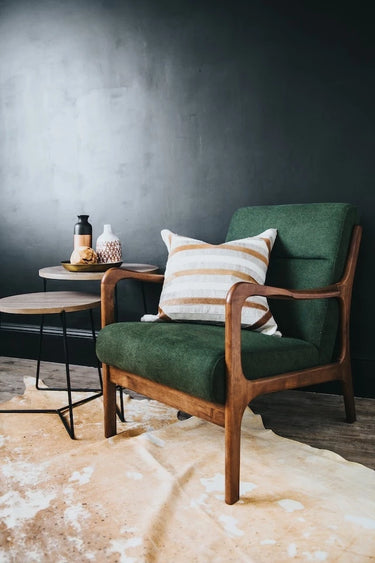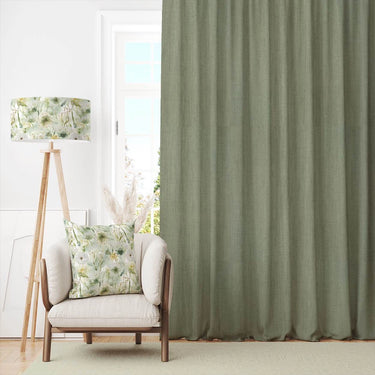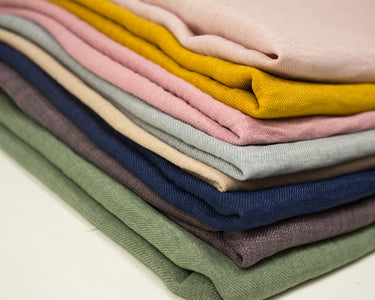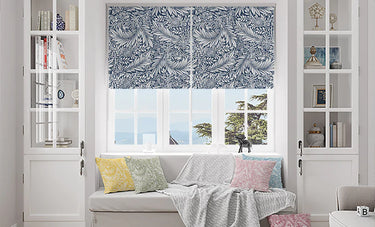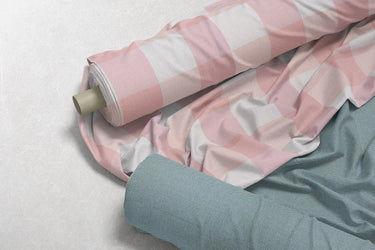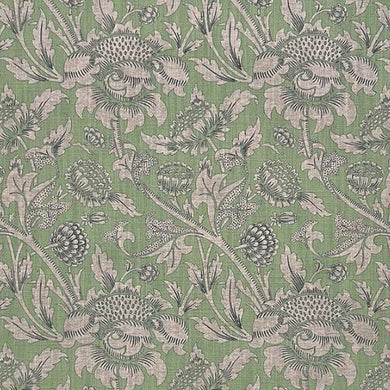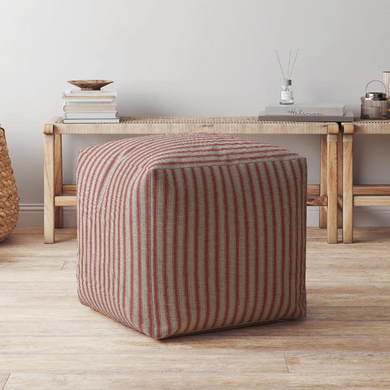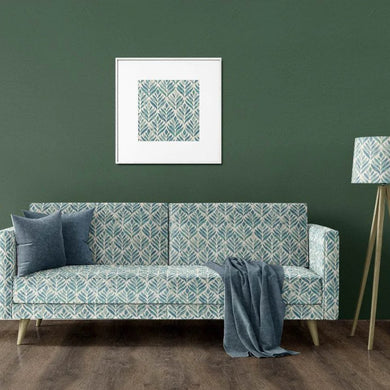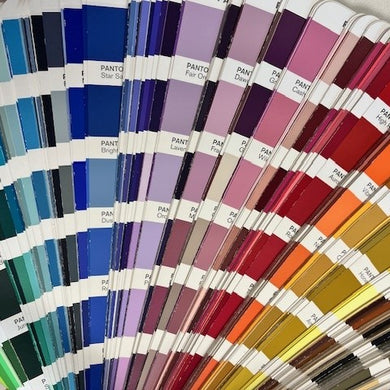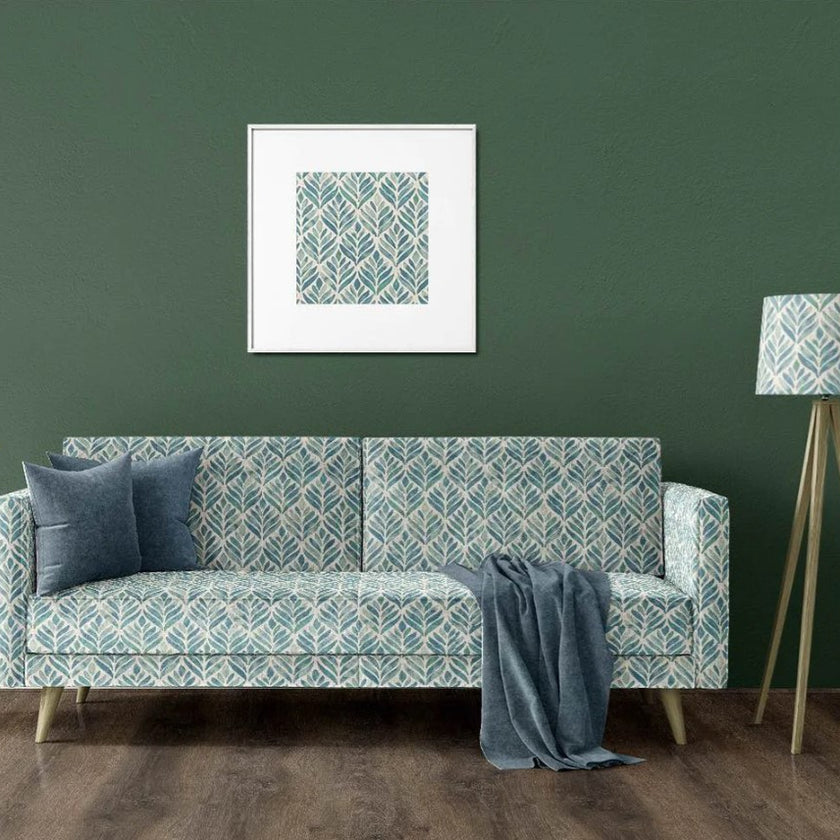

Introduction:
When it comes to home décor, safety is paramount. Whether you're sprucing up your living room with new curtains or considering upholstery for a commercial space, understanding the importance of fire retardant treatments is crucial. In this blog post, we'll delve into the requirements and considerations for fire retardant-treated fabrics in both domestic and contract settings.
Domestic Curtains:
In a domestic setting, there are currently no strict requirements for fire retardant treatments on curtains. However, for those seeking an extra layer of peace of mind, curtains can be treated in compliance with BS5867:Part2:Type B. This standard ensures that the fabric meets specific fire safety regulations, providing an added layer of protection for your home.
Contract Curtains:
In public spaces, the standards become more stringent. Curtains used in these areas must pass BS5867:Part2:Type B, a rigorous test that very few fabric compositions would naturally pass without treatment. Fabrics undergo a soaking process during fire retardant treatment to maintain their drape while meeting the required safety standards.

